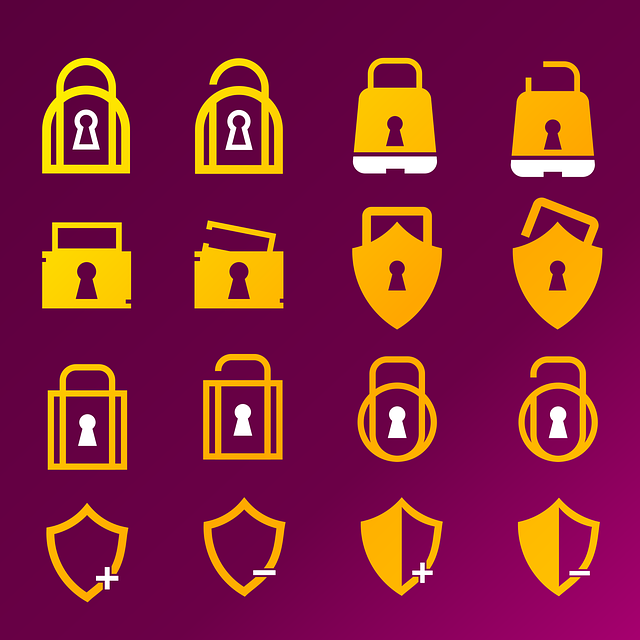Remote areas face unique security challenges due to sparse populations and limited physical access, making traditional methods less effective. Wireless security systems, tailored for rural locations, offer innovative solutions with long-range connectivity, solar power, and advanced motion sensors. These systems, including wireless alarm systems and smart home devices, provide comprehensive coverage, autonomy, and real-time alerts, enhancing remote property security via smartphones or computers. Implementing these solutions overcomes communication and power connectivity issues, revolutionizing how homeowners protect their properties in isolated regions.
In today’s digital era, securing remote homes presents unique challenges. With communication and power connectivity issues prevalent in rural areas, implementing effective security measures can be daunting. This article explores the transformative role of wireless technology in enhancing remote home security. We delve into the benefits of wireless security systems, highlighting long-range wireless cameras as powerful tools for surveillance. Furthermore, it introduces innovative solutions like solar-powered and smart home security, providing case studies of successful implementations. Essential components for a robust system include motion sensors, backup power options, and user-friendly interfaces for real-time alerts, ensuring peace of mind for remote property owners.
- Understanding the Challenges of Remote Area Security
- – Unique considerations for securing remote homes
- – Communication and power connectivity issues in rural areas
- The Role of Wireless Technology in Remote Home Security
Understanding the Challenges of Remote Area Security

Remote areas present unique challenges when it comes to securing homes and properties. Often characterized by sparse populations and vast distances, these regions can make traditional security methods less effective and more difficult to implement. Wireless security systems emerge as a game-changer in this context, offering innovative solutions for remote home security.
For instance, wireless alarm systems designed for rural areas leverage long-range connectivity to ensure comprehensive coverage. These systems often incorporate solar-powered components, enabling them to operate autonomously without relying on grid electricity. Additionally, smart home security devices equipped with motion sensors can detect any unusual activity and promptly alert homeowners or authorities via real-time alerts, enhancing the overall security of remote homes.
– Unique considerations for securing remote homes

Securing remote homes presents unique challenges compared to urban or suburban settings. With limited physical access and often isolated locations, implementing robust wireless security becomes even more critical. Traditional security systems might not be as effective in rural areas due to potential signal interference or long distances between devices. Therefore, homeowners must consider specialized solutions like solar-powered wireless security systems, which offer both energy efficiency and reliable connectivity. These systems can include long-range wireless cameras capable of transmitting high-quality footage over vast distances, ensuring remote monitoring is possible even in the most secluded areas.
Smart home security for remote properties also leverages advanced technologies such as motion sensors to detect intrusions promptly. Given the reduced human presence, remote homes are more vulnerable, so immediate alert systems through real-time wireless alerts can be life-saving. Homeowners can remotely access and control these sophisticated yet affordable systems via their smartphones, tablets, or computers, empowering them to protect their properties effectively from anywhere in the world.
– Communication and power connectivity issues in rural areas

Implementing wireless security solutions in remote areas presents unique challenges due to communication and power connectivity issues often faced by these regions. Rural locations typically have spotty cellular network coverage, making traditional wired internet or mobile data-reliant security systems less feasible. This is where wireless alarm systems for rural areas excel; they bridge the gap by utilizing long-range technologies like radio frequency (RF) or low-power wide-area networks (LPWAN) to transmit data over considerable distances.
Furthermore, integrating solar-powered components into wireless security systems offers a sustainable and reliable power source for remote home security systems. Solar panels can harness the abundance of natural light in these areas, powering motion sensors, cameras, and other devices that constitute smart home security for remote properties. This approach ensures continuous operation without the need for cumbersome batteries or frequent maintenance.
The Role of Wireless Technology in Remote Home Security

Wireless technology has revolutionized remote home security, offering innovative solutions for properties in rural or hard-to-reach areas. By utilizing wireless security for remote homes, homeowners can now protect their properties effectively, even when they’re far away. These advanced systems, such as solar-powered wireless security and long-range wireless cameras, provide a comprehensive approach to safeguarding remote locations.
Remote home security systems often incorporate smart features like motion sensors for remote homes, ensuring immediate alerts when any suspicious activity occurs. This technology allows owners to monitor their surroundings in real-time, giving them peace of mind and the ability to take prompt action if needed. With easy installation and wireless connectivity, these innovative gadgets are transforming the way we think about home security, especially for those who call remote areas their homes.
The challenges of securing remote homes can be overcome with the integration of wireless technology. Implementing wireless security solutions, such as solar-powered wireless cameras, long-range systems, and smart home automation equipped with motion sensors, offers a robust and reliable approach to protecting these areas. By addressing communication and power connectivity issues head-on, remote home security systems can provide real-time alerts, ensuring peace of mind for property owners, even in the most isolated locations.
